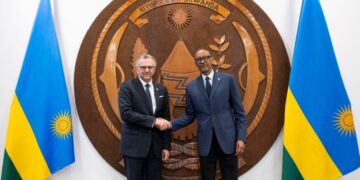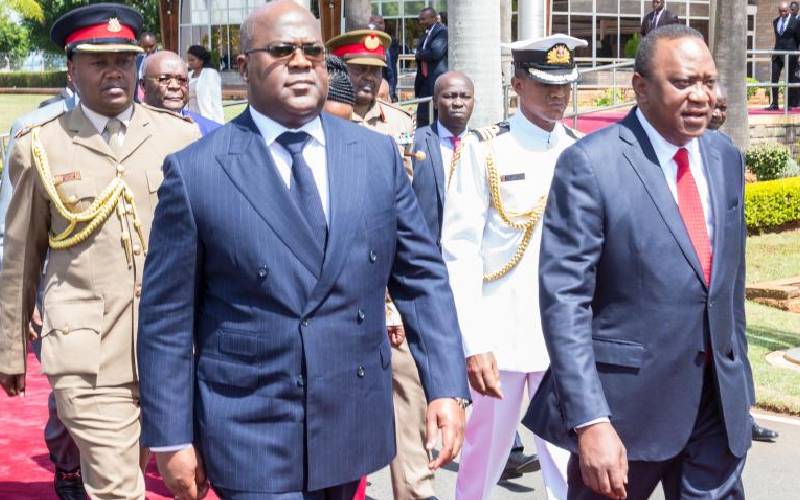The announcement was confirmed by officials at the Ministry of Posts, Telecommunications and New Information and Communication Technologies (PTNTIC), who hailed the development as a major step toward bridging the digital divide in the DRC, one of Africa’s largest and most underserved countries in terms of connectivity.
“With Starlink’s entry into the Congolese market, we are looking at a transformation in how remote and rural areas can access reliable, high-speed internet,” said a senior government official. “This aligns with the national vision for digital inclusion and economic modernization.”
Starlink’s low-Earth orbit (LEO) satellite network offers broadband connectivity that is particularly well-suited for countries like the DRC, where traditional infrastructure is limited or nonexistent in vast territories. The company has already launched thousands of satellites and operates in over 70 countries worldwide.
According to preliminary reports, Starlink DRC S.A. will initially focus on key urban centers including Kinshasa, Lubumbashi, Goma, and Kisangani, before expanding to more isolated regions. The service is expected to be available to both individuals and institutions, including schools, hospitals, and government agencies.
While pricing and installation logistics have yet to be officially announced, early adopters across Africa have reported substantial improvements in speed and reliability compared to legacy providers.
The arrival of Starlink comes at a time when the DRC is increasingly prioritizing digital infrastructure as part of its national development strategy. It also introduces a new level of competition into the local telecom sector, which may result in better service and lower costs for Congolese consumers.
Industry analysts view Starlink’s approval as a signal that the Congolese government is open to technological innovation and foreign investment in critical sectors. The rollout is expected to begin in the coming weeks.










































